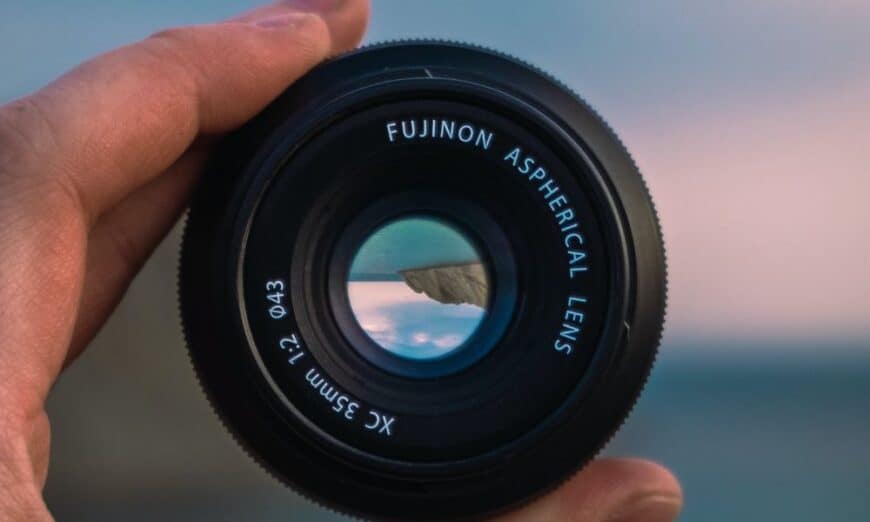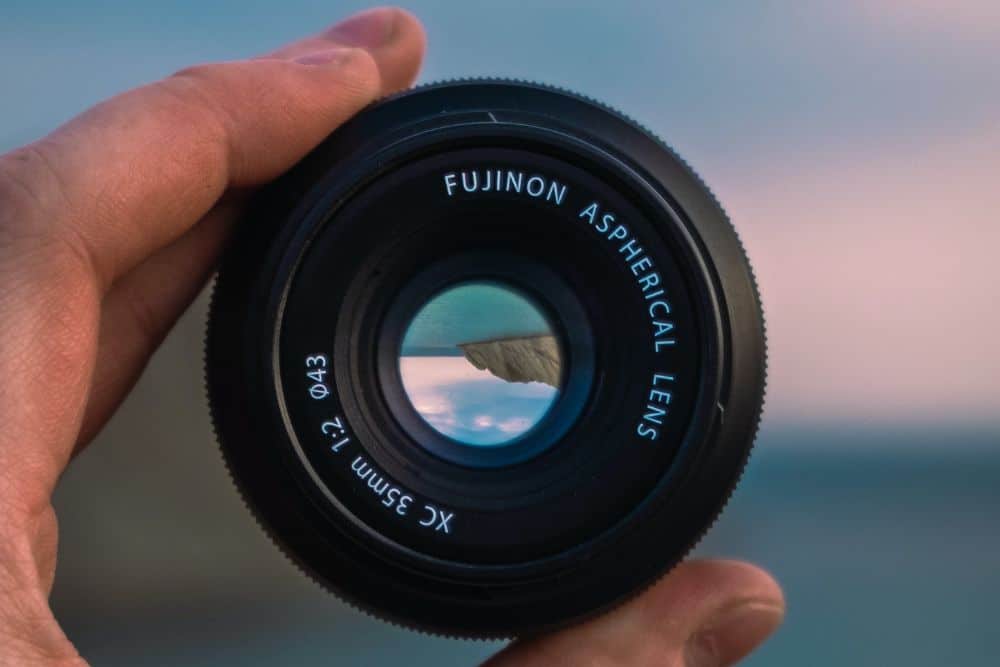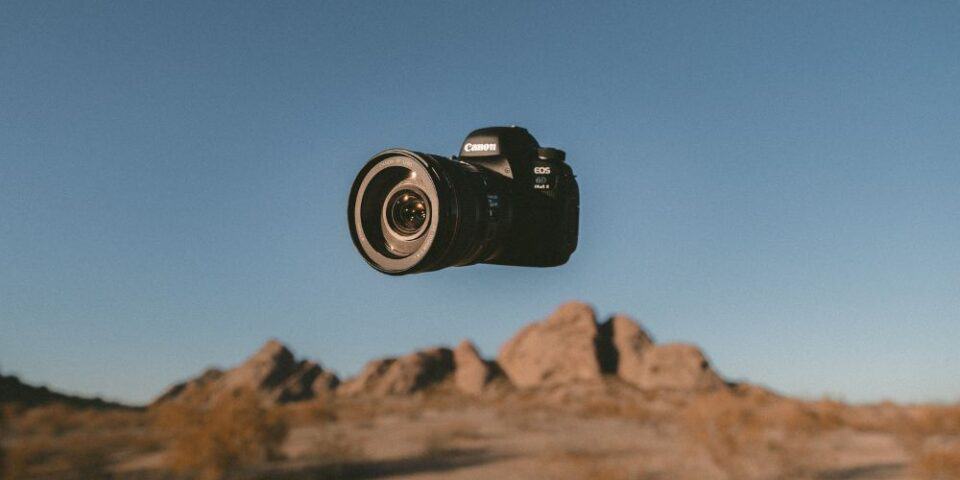Professional photographers, filmmakers, and content creators know that choosing the right lens is crucial to achieving the desired results in their work. Two popular types of lenses often debated among professionals are zoom lenses and prime lenses. Each has its unique advantages and drawbacks, and understanding the differences between them can help you make informed decisions when selecting lenses.
In this article, we will explore the pros and cons of both zoom lenses and prime lenses to help you make the best choice for your photography and videography needs.
Zoom Lenses: Flexibility at Your Fingertips
Zoom lenses are versatile tools that offer a range of focal lengths within a single lens. Unlike prime lenses, which have a fixed focal length, zoom lenses allow you to zoom in and out, providing a wide range of compositional options without having to switch lenses constantly. This convenience makes them a popular choice for various shooting scenarios, especially those where fast-paced situations require quick adjustments.
Pros of Zoom Lenses:
- Versatility: The most significant advantage of a zoom lens is its versatility. With a variable focal length, you can shoot wide-angle landscapes, standard portraits, and even close-up shots, all with one lens.
- Convenience: The ability to change focal lengths without switching lenses saves time and reduces the need to carry multiple lenses during a shoot. This convenience is especially valuable for travel or documentary photography, where changing lenses might not be practical.
- Framing Flexibility: Zoom lenses enable precise framing adjustments without physically moving the camera, making them ideal for capturing fleeting moments or subjects that are difficult to approach physically.
- Image Stabilization: Many modern zoom lenses come with built-in image stabilization technology, which helps reduce camera shake and allows for sharper images, particularly in low-light conditions or when shooting handheld video.
Cons of Zoom Lenses:
- Image Quality: In general, zoom lenses might not offer the same image quality as prime lenses, especially at their extreme focal lengths. Some zoom lenses suffer from optical aberrations like distortion, chromatic aberration, and reduced sharpness.
- Aperture Limitations: Zoom lenses often have variable maximum apertures. As you zoom in, the maximum aperture may decrease, limiting their performance in low-light conditions or when seeking a shallow depth of field.
- Size and Weight: Due to their complex optical designs, zoom lenses tend to be larger and heavier than prime lenses with similar focal lengths. This extra weight can be cumbersome for extended handheld shooting or travel.
- Price: Quality zoom lenses can be more expensive than their prime counterparts, particularly those with wider aperture ranges and professional-grade optics.
Prime Lenses: Embracing Optical Excellence
Prime lenses (or fixed focal length lenses), have a single, non-adjustable focal length. While they lack the zooming capabilities of their counterparts, they excel in providing exceptional image quality and are often the preferred choice for professional photographers and filmmakers.
Pros of Prime Lenses:
- Image Quality: Prime lenses are renowned for their optical excellence. With a simpler optical design and no moving elements to compromise image quality, they can deliver sharper images, better contrast, and reduced distortion compared to zoom lenses.
- Wide Apertures: Many prime lenses have wider maximum apertures, allowing for excellent performance in low-light conditions and the ability to achieve beautiful bokeh (background blur) for creative compositions.
- Portability: Generally, prime lenses are smaller and lighter than zoom lenses with similar focal lengths, making them ideal for on-the-go shooting and travel photography.
- Creative Vision: With a fixed focal length, prime lenses challenge photographers to think more creatively and deliberately about composition. This limitation can lead to more intentional and artistic shots.
Cons of Prime Lenses:
- Limited Flexibility: The lack of zooming capability means you might need to switch lenses frequently to achieve different focal lengths. This can be impractical in situations where quick adjustments are necessary.
- Framing Constraints: In situations where it’s difficult to move closer or further from your subject, using a prime lens can limit your framing options.
- Expense: While some prime lenses can be affordable, premium-quality prime lenses with wider apertures can be quite expensive.
- Specialization: Due to their fixed focal lengths, photographers often need to invest in multiple prime lenses to cover various shooting scenarios, leading to higher costs and more gear to carry.
Here’s an overview of the pros and cons of zoom lenses and prime lenses for photographers and filmmakers.
| Aspect | Zoom Lenses | Prime Lenses |
| Focal Length | ✔ Offers a range of focal lengths. | ✘ Has a single, non-adjustable focal length. |
| Versatility | ✔ Suitable for various shooting scenarios. | ✘ Requires switching lenses for different focal lengths. |
| Convenience | ✔ No need to switch lenses frequently. | ✘ Frequent lens changes may be necessary for different shots. |
| Framing Flexibility | ✔ Easy framing adjustments without moving the camera. | ✘ Limited framing options without physically adjusting position. |
| Image Quality | ✘ Some zoom lenses may suffer from optical aberrations. | ✔ Simpler optical design results in better overall image quality. |
| Aperture Limitations | ✘ Variable maximum apertures may reduce low-light performance. | ✔ Wider apertures allow for better low-light and bokeh effects. |
| Size and Weight | ✘ Tend to be larger and heavier. | ✔ Smaller and lighter, ideal for travel and portability. |
| Price | ✘ Quality zoom lenses can be expensive. | ✔ Some prime lenses can be affordable; premium ones are costly. |
| Creative Vision | ✘ Versatility may reduce intentional composition. | ✔ Fixed focal length encourages deliberate and artistic framing. |
| Portability | ✘ Larger size and weight might be cumbersome. | ✔ Lightweight and portable for on-the-go shooting. |
| Image Stabilization | ✔ Some zoom lenses have built-in image stabilization. | ✘ Not all prime lenses come with image stabilization. |
In the debate between zoom lenses and prime lenses, there is no definitive winner. Both have their merits and are valuable tools in a photographer’s or filmmaker’s kit. The choice ultimately depends on the specific requirements of your project and your shooting style.
If you need help selecting a lens or have any questions, go to Henrys.com and check out the live chat where you can speak to an expert.
What’s Next:
- Take Advantage of 0% Financing
- Find a Henry’s near you
- Learn about Henry’s Trade-and-Upgrade Program
- Protect your purchase with Henry’s Extended Life Plan
- Find Out Why Content Creators Love The Nikon Z8 Camera
- Read 4 Tips To Elevate Your Landscape Photos This Summer
- Top 3 Travel Photography Essentials
- Advanced AutoFocus Tips to Make Your Bird Photography Stand Out
- Alpha Spotlight: The Leading Lens of Portrait Photography




